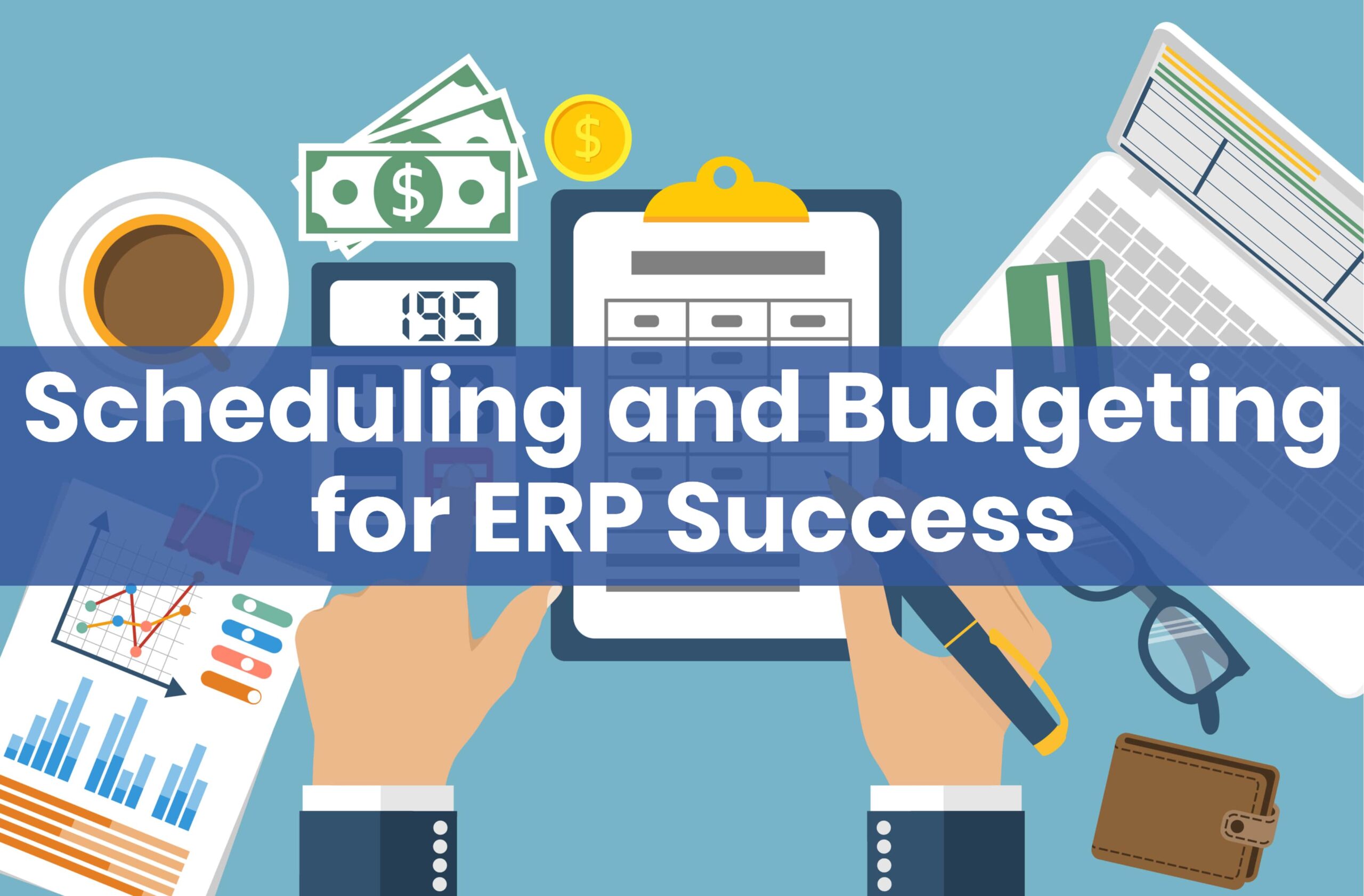The Quest for ERP Funding: My Journey Through the Budget Request Workflow
Hey there, fellow digital adventurers!
I remember those days vividly. Our company, let’s call it "Innovate Solutions," was a bustling hive of activity, but beneath the surface, there was chaos. Data was scattered across a dozen different systems – spreadsheets that seemed to multiply overnight, clunky legacy software from the stone age, and manual processes that sucked the life out of our most talented people. We were growing, yes, but it felt like we were running a marathon with our shoelaces tied together.
That’s when the whispers started. Whispers about "digital transformation," "efficiency," and "integrated systems." Soon, those whispers turned into a roar: "We need an ERP!"
And so began my personal quest, not just to implement an Enterprise Resource Planning (ERP) system, but to navigate the often-mystifying, sometimes frustrating, but ultimately crucial journey of getting the ERP budget approved. It’s a workflow, a process, a labyrinth – and I’m here to tell you my story and hopefully, light a path for yours.
My Journey Begins: Why an ERP Became a Must-Have
Before we even talked about money, we had to talk about why. You see, you don’t just wake up one morning and decide, "Let’s spend millions on an ERP!" The need has to be undeniable.
For Innovate Solutions, the pain points were glaring:
- Lost Time & Productivity: Our sales team spent hours cross-referencing customer data from CRM, inventory, and accounting. Our production floor struggled with disconnected schedules and material planning.
- Data Inaccuracies: Manual data entry led to errors, which led to incorrect reports, bad decisions, and frustrated customers.
- Lack of Visibility: Management couldn’t get a real-time, holistic view of the business. "What’s our true profit margin on Product X right now?" was a question that would take days to answer.
- Compliance Risks: Managing regulatory compliance across disparate systems was a nightmare, increasing our risk exposure.
I realized an ERP wasn’t just a fancy software; it was the central nervous system our company desperately needed. It promised to streamline operations, provide real-time data, improve decision-making, and ultimately, fuel our growth. This conviction was the very first, and arguably most important, step in my ERP budget request workflow. Without a clear "why," no amount of paperwork would convince anyone.
Demystifying the ERP Budget Request Workflow
So, what exactly is an ERP budget request workflow? In simple terms, it’s the structured process your organization uses to formally propose, justify, review, and ultimately approve the financial resources needed for an ERP project. It’s designed to ensure accountability, align spending with strategic goals, and prevent impulsive, unexamined expenditures.
It sounds formal, and it is. But think of it less as red tape and more as a roadmap to secure the necessary funding. Here’s how my journey through that workflow unfolded, step by step:
Step 1: The Initial Spark & Preliminary Research
My journey started with that "aha!" moment. But ideas aren’t enough. My first practical step in the ERP budget request workflow was to gather preliminary information.
- Internal Needs Assessment: I talked to department heads, managers, and frontline staff. What were their biggest frustrations? What data did they need? This helped me define our core ERP requirements.
- Market Research: I started looking at the ERP landscape. Who were the major players (SAP, Oracle, Microsoft Dynamics, NetSuite, Infor, etc.)? What were their general capabilities? This wasn’t about choosing a vendor yet, but understanding the options and their typical ERP software costs.
- Rough Cost Estimates: Based on similar company sizes and industries, I tried to get a ballpark figure. Was this a $500K project or a $5M project? This initial number helped frame the conversation.
This stage was all about understanding the problem, the potential solution, and the rough magnitude of the investment. It was laying the groundwork for the formal ERP funding proposal.
Step 2: Crafting the Business Case – The Golden Ticket
This, my friends, is where the magic happens. The ERP business case is your primary tool for justifying the investment. It’s not just a list of features; it’s a story of transformation backed by numbers. I spent weeks, if not months, on this.

